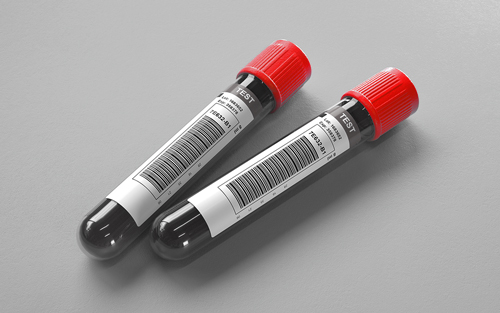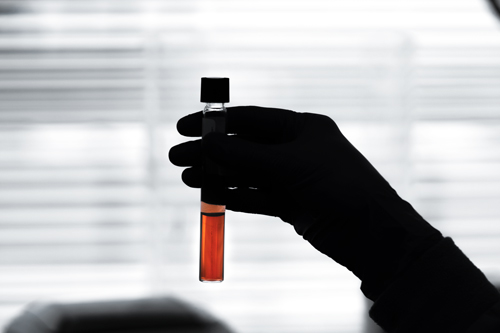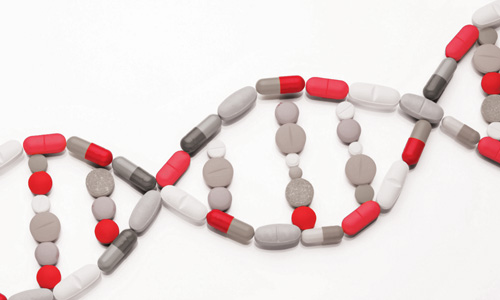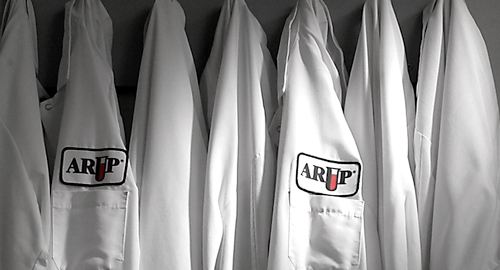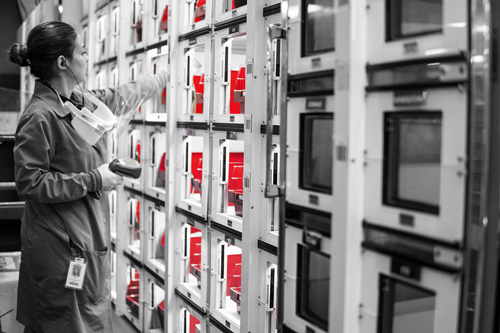Encephalitis Panel With Reflex to Herpes Simplex Virus Types 1 and 2 Glycoprotein G-Specific Antibodies, IgG, Serum
Ordering Recommendation
Not a preferred test. Refer to relevant test for the specific pathogen suspected.
New York DOH Approval Status
Specimen Required
Serum separator tube.
Transfer 4.0mL serum to an ARUP standard transport tube. (Min: 2.0mL)
Refrigerated.
Refer to individual components. CSF (refer to Encephalitis Panel with Reflex to Herpes Simplex Virus Types 1 and 2 Glycoprotein G-Specific Antibodies, IgG, CSF, ARUP test code 3017752).
After separation from cells: Ambient: 48 hours; Refrigerated: 2 weeks; Frozen: 1 month
Methodology
Semi-Quantitative Enzyme-Linked Immunosorbent Assay (ELISA) / Semi-Quantitative Chemiluminescent Immunoassay (CLIA) / Semi-Quantitative Indirect Fluorescent Antibody (IFA)
Performed
Sun-Sat
Reported
2-6 days
Reference Interval
| Test Number |
Components |
Reference Interval |
|---|---|---|
| West Nile Virus Ab, IgG, Ser | 1.29 IV or less | |
| West Nile Virus Ab, IgM, Ser | 0.89 IV or less | |
| Varicella-Zoster Virus Antibody, IgM | 0.90 ISR or less | |
| Varicella-Zoster Virus Ab, IgG | <=0.99 | |
| Mumps Virus Antibody, IgM | 0.79 IV or less | |
| Measles, Rubeola, Antibody IgM | Less than 1:10 | |
| HSV Type 1/2 Combined Ab, IgG | less than or equal to 0.89 |
Interpretive Data
| Component |
Interpretation |
|---|---|
| Measles (Rubeola) Antibody, IgG | 13.4 AU/mL or less: Negative. No significant level of detectable measles (rubeola) IgG antibody. 13.5-16.4 AU/mL: Equivocal. Repeat testing in 10-14 days may be helpful. 16.5 AU/mL or greater: Positive. IgG antibody to measles (rubeola) detected, which may indicate a current or past exposure/immunization to measles (rubeola). |
| Measles (Rubeola) Antibody, IgM | Less than 1:10: Negative. No evidence of recent infection. False-negative results are possible if the specimen was collected too soon after exposure. Molecular testing may be helpful. 1:10 or greater: Positive. Indicative of recent primary measles infection. False-positive results are possible. |
| Mumps Virus Antibody, IgG | 8.9 AU/mL or less: Negative. No significant level of detectable IgG mumps virus antibody. 9.0-10.9 AU/mL: Equivocal. Repeat testing in 10-14 days may be helpful. 11.0 AU/mL or greater: Positive. IgG antibody to mumps virus detected, which may indicate a current or past exposure/immunization to mumps virus. |
| Mumps Virus Antibody, IgM | 0.79 IV or less: Negative. No significant level of detectable IgM antibody to mumps virus. 0.80-1.20 IV: Equivocal. Borderline levels of IgM antibody to mumps virus. Repeat testing in 10-14 days may be helpful. 1.21 IV or greater: Positive. Presence of IgM antibody to mumps virus detected, which may indicate a current or recent infection. However, low levels of IgM antibody may occasionally persist for more than 12 months post infection or immunization. |
| Varicella-Zoster Virus Antibody, IgG | 0.99 S/CO or less: Negative. No significant level of detectable varicella-zoster IgG antibody. 1.00 S/CO or greater: Positive. IgG antibody to varicella-zoster detected, which may indicate a current or past varicella-zoster infection. |
| Varicella-Zoster Virus Antibody, IgM | 0.90 ISR or less: Negative. No significant level of detectable varicella-zoster virus IgM antibody. 0.91-1.09 ISR: Equivocal. Repeat testing in 10-14 days may be helpful. 1.10 ISR or greater: Positive. Significant level of detectable varicella-zoster virus IgM antibody. Indicative of current or recent infection. However, low levels of IgM antibodies may occasionally persist for more than 12 months post infection or immunization. |
| Herpes Simplex Virus Type 1 and/or 2 Antibodies, IgG | 0.89 IV or less: Not Detected. 0.90-1.09 IV: Indeterminate. Repeat testing in 10-14 days may be helpful. 1.10 IV or greater: Detected. |
| West Nile Virus Antibody, IgG by ELISA, Serum | 1.29 IV or less: Negative. No significant level of West Nile virus IgG antibody detected. 1.30-1.49 IV: Equivocal. Questionable presence of West Nile virus IgG antibody detected. Repeat testing in 10-14 days may be helpful. 1.50 IV or greater: Positive. Presence of IgG antibody to West Nile virus detected, suggestive of current or past infection. |
| West Nile Virus Antibody, IgM by ELISA, Serum | 0.89 IV or less: Negative. No significant level of West Nile virus IgM antibody detected. 0.90-1.10 IV: Equivocal. Questionable presence of West Nile virus IgM antibody detected. Repeat testing in 10-14 days may be helpful. 1.11 IV or greater: Positive. Presence of IgM antibody to West Nile virus detected, suggestive of current or recent infection. |
FDA
Note
If HSV 1 and/or 2 IgG is 1.10 IV or greater, then HSV 1 G-specific IgG and HSV 2 G-specific IgG will be added. Additional charges apply.
Hotline History
Hotline History
CPT Codes
86765 x2; 86735 x2; 86787 x2; 86789; 86788; 86694; if reflexed, add 86695; 86696
Components
| Component Test Code* | Component Chart Name | LOINC |
|---|---|---|
| 0050167 | Varicella-Zoster Virus Ab, IgG | 5403-1 |
| 0050234 | West Nile Virus Ab, IgG, Ser | 38997-3 |
| 0050236 | West Nile Virus Ab, IgM, Ser | 38166-5 |
| 0050286 | HSV Type 1/2 Combined Ab, IgG | 27948-9 |
| 0050380 | Measles, Rubeola, Antibody IgG | 7962-4 |
| 0050390 | Mumps Virus Antibody, IgG | 25418-5 |
| 0099314 | Varicella-Zoster Virus Antibody, IgM | 5404-9 |
| 0099589 | Mumps Virus Antibody, IgM | 25419-3 |
| 0099597 | Measles, Rubeola, Antibody IgM | 5245-6 |
